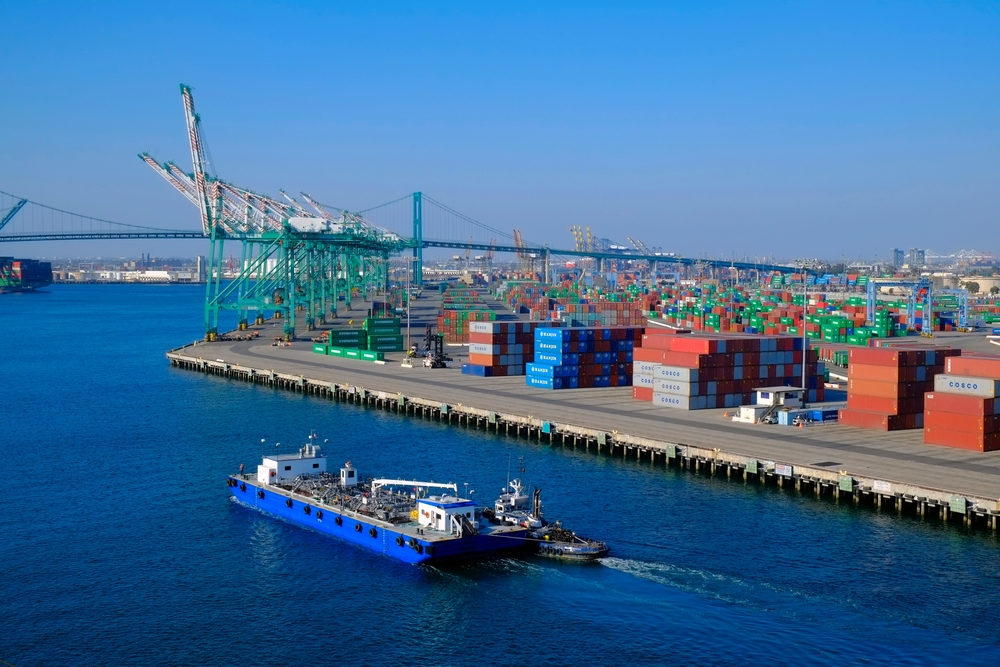
The July 2025 U.S. Port/Rail Ramp Freight Index from ITS Logistics paints a picture of currently stable port and inland operations, yet reveals growing unease about the remainder of the year’s shipping conditions. Key findings and developments from the report include:
Stable Operations with Hidden Pressures
- Most U.S. ports and rail ramps are running at normal operational levels, effectively absorbing inbound container flow.
- Smaller ports are starting to feel strain due to increasing project freight imports, particularly those requiring specialized equipment.
- Drayage operations, distribution center capacity, and trucking availability remain stable but may shift quickly.
Rise in Specialized Freight
- Nearshoring and domestic manufacturing trends have boosted demand for hazmat, oversized, and breakbulk cargo.
- This trend could strain availability of specialized trucking equipment and disrupt traditional freight allocation.
Container Volume Surges Ahead of Tariffs
- June 2025 container volumes rose by 1.8% month-over-month, totaling over 2.2 million TEUs.
- The Port of Los Angeles reported its busiest June on record, with an 8% year-over-year volume increase.
- Much of the surge was due to importers frontloading inventory before anticipated tariff hikes, which were delayed until August 1 for some countries.
Tariff Volatility Creating Uncertainty
- Continued trade policy shifts under the Trump administration are causing shippers to alter sourcing and routing strategies quickly.
- These shifts are reshaping freight flow patterns, increasing reliance on alternative ports and ocean carrier networks.
- Supply chain agility has become crucial for staying competitive.
Inland Transportation Impacts
- Drayage rates remain below pre-pandemic levels, benefiting shippers short-term but pressuring profitability in trucking.
- Several larger drayage providers have exited the market, narrowing capacity as demand becomes more volatile.
Strategic Guidance from ITS Logistics
- ITS urges shippers to use the current calm to build long-term logistics partnerships.
- Shippers should evaluate providers based on:
- Financial stability
- Operational visibility and expertise
- Nationwide network coverage
- Flexibility in service offerings
ITS Logistics Capabilities
- Services include:
- Drayage and intermodal across 22 coastal ports and 30 rail ramps
- Full asset and asset-lite transportation solutions
- LTL, parcel, and omnichannel distribution/fulfillment
- Coverage reaches 95% of the U.S. population within two days
Looking Ahead
- While port and rail operations are currently smooth, ITS Logistics warns of potential instability as 2025 progresses.
- Frontloading, shifting sourcing, and volatile tariffs may reshape peak season dynamics and market health.
- Now is the time for shippers to solidify supply chain resilience in preparation for what could be a turbulent end to 2025.
Source:











Leave a Comment